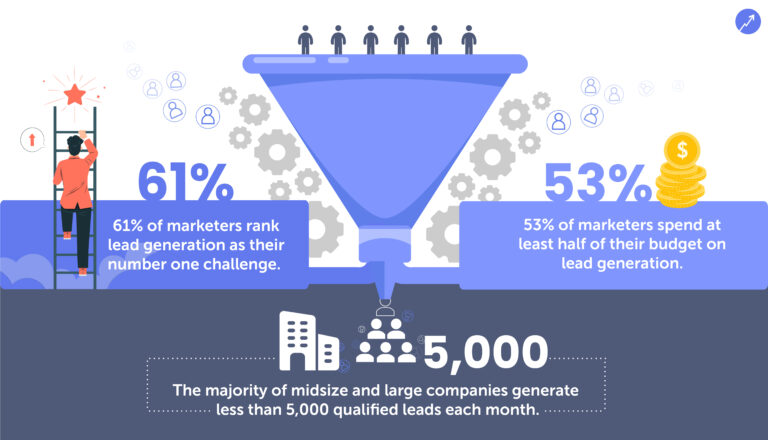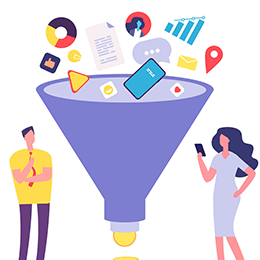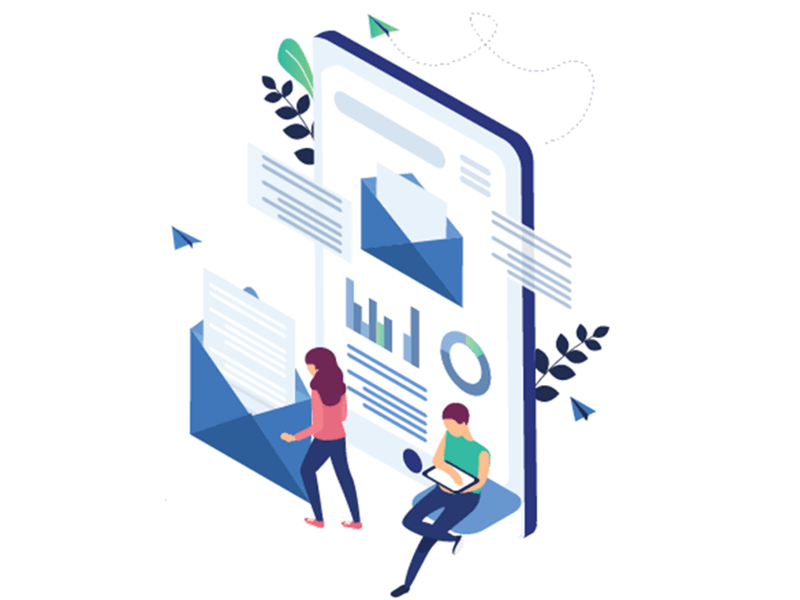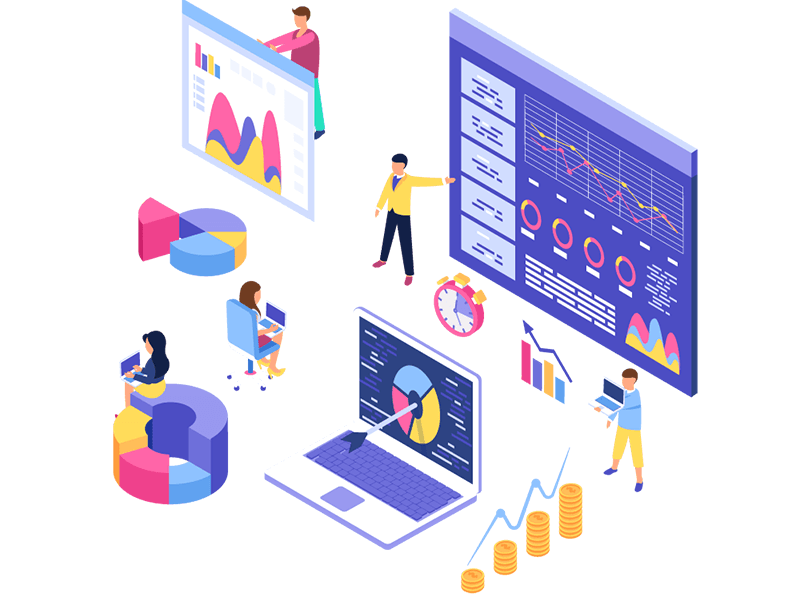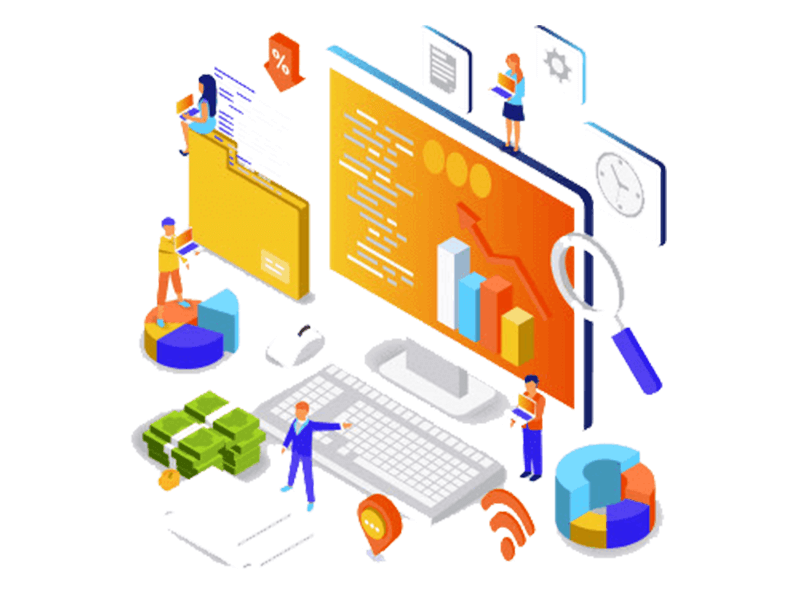How To Generate Sales Ready Leads Through Data Driven Campaigns? A Complete Growth Guide For 2022
In today's digital world, data reigns supreme. It helps businesses support marketing initiatives, target customers, make better business decisions and forecast future consequences. Among other benefits, the most exciting aspect of being a data-driven company is the ability to optimize everything from the top to the bottom of the sales funnel – and lead generation is no exception. You can use data-driven marketing to design campaigns that produce greater results by utilizing vital information.
However, you may have many questions regarding sales leads, such as -
"How do you keep a steady flow of leads?"
"How do you increase lead generation?"
"How do you determine which leads to pursue?"
"Can you use any tactics in the process?"
If you are, then you've come to the right place since we'll go through each one in detail in this comprehensive guide, from outlining the basics to training you on lead generation tactics.
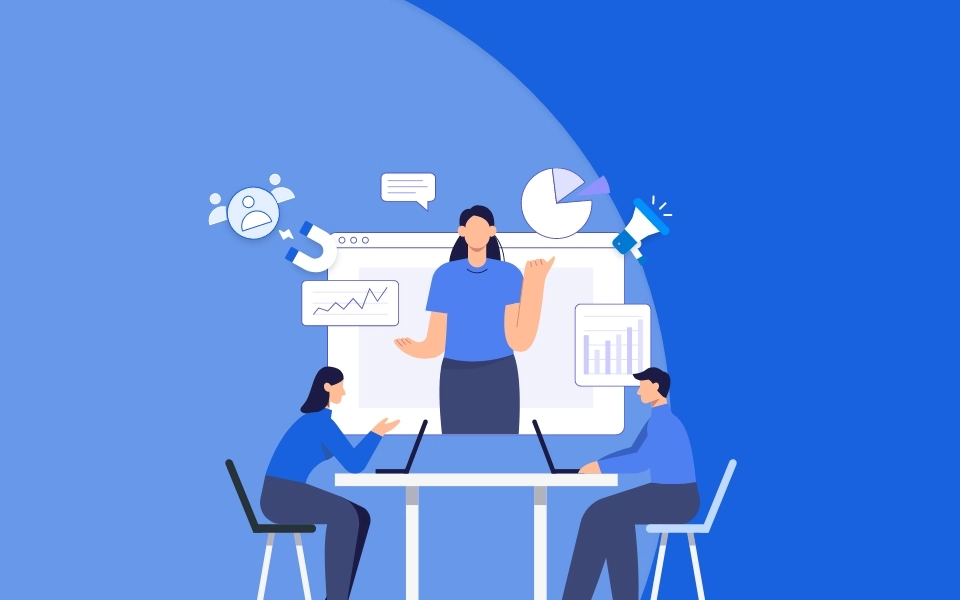
Key Objectives –
- Sales Leads – A brief overview
- Lead Generation - Definition and its Uses
- Why is Lead generation crucial?
- What are data-driven campaigns?
- How to generate sales-ready leads through data-driven campaigns?
- Start generating leads right away!
